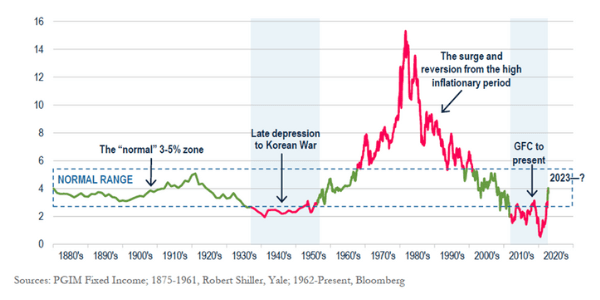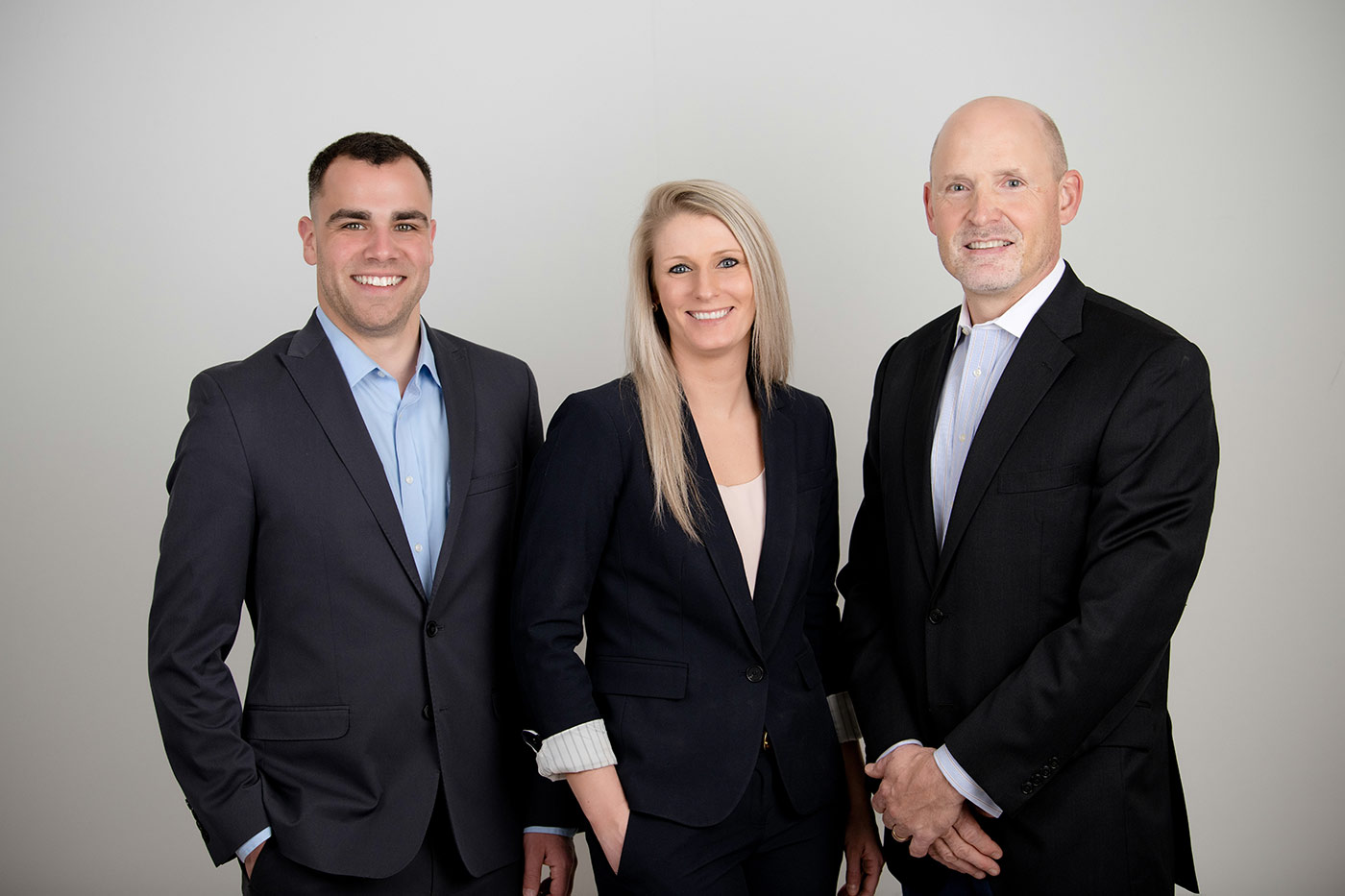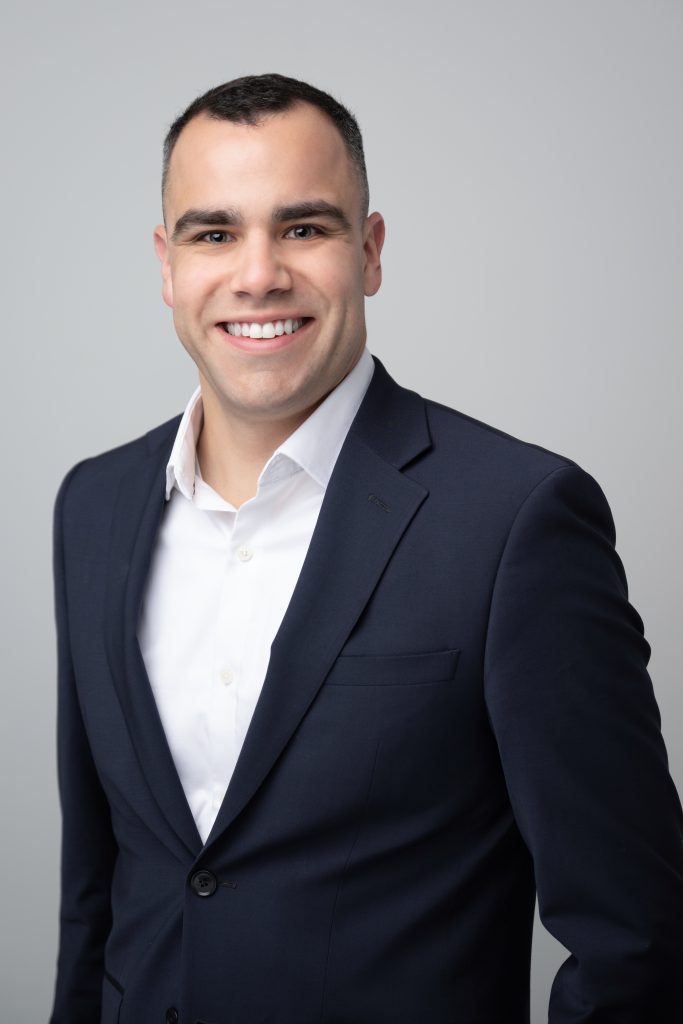We’ve all heard the numbers. Over the next 30 years, an estimated $70-$90 trillion is going to pass from the Baby Boomers to the next generation. This will be a transfer of wealth the likes of which the world has never seen. Not only are the Baby Boomers the wealthiest generation ever to live, their wealth is broad and relatively spread out. Generally speaking, this is the first generation in which the middle class will play a significant role in the wealth transfer. While Boomers’ parents largely had pensions that ended at death, their children instead have sizable retirement accounts that will be passed down. Add that to the fact the American and global economies have massively expanded over the past 50 years, and we have a recipe for a wealth transfer for the ages.
At Confluence Financial Partners, our mission is to help our clients maximize their lives and legacies. When it comes to legacy, the upcoming wealth transfer is an important issue for the majority of our clients. That means that a major part of our job is to help our clients, where appropriate, engage the next generation in hopes that the family legacy will continue. Studies have shown that 70% of families lose their wealth by the second generation, and 90% by the third. We want to help families avoid being part of this statistic, and instead build something that lasts.
Here are four steps that you can take to help ensure that your legacy is secure.
Consider a Multi-generational Advisory Relationship
Over 50% of our clients are multigenerational, meaning we have family members in more than one generation who we are serving. Often children are clients with their parents from a young age, but as they become adults, they become more independent and establish their own relationship with us as their advisor. Another common situation is when clients refer their parents to us, forming a multigenerational relationship from the other direction. Still another way this happens is when adult children establish a relationship with us as their parents (who are clients already) age and it becomes even more important to all be on the same page.
Even if you are not a Confluence client, we would encourage you to find an advisor and a firm that is making multi-generational wealth considerations a priority. Your advisor should help you bridge the gap between the wealth that you’ve built and the next generation for whom you hope that wealth will be a blessing. We have shepherded many families through this difficult period already, and the whole process is undoubtedly much easier if the parents and the children share the same advisor.
Take Another Look at Your Estate Plan
When was the last time you had your estate plan reviewed? If you are like most Americans, it’s probably been a few years. The typical estate plan is adequate for only a certain season of life, and it will need to be redone as children get older and circumstances change. Like a financial plan or an investment portfolio, an estate plan should be periodically updated as goals change. An estate plan update is almost always needed after a major life event such as a birth, a death, or a change in marital status.
Sometimes an estate plan can be as simple as a pair of wills and power of attorney documents. More often, however, trusts should be involved and more careful consideration should be taken to help ensure that wishes are carried out. For example, what would happen in the event of a death or divorce of a child? If protections aren’t built into the estate plan, it’s possible that a parent’s wealth ends up with a child’s ex-spouse instead of the grandchildren. That is an avoidable scenario, but it’s important to ask the right questions and think critically about the key factors that will cause the plan to either be successful or not.
We don’t have attorneys at Confluence, but we do have a robust process for reviewing your existing estate plan so that you understand your current situation. Once we learn where you are today, we can help educate you so that you are prepared when you speak to your attorney about updates. We work closely with our clients throughout the whole process and are there to help in every way we can.
Communicate, Communicate, Communicate
The primary reason that the wealth transfer could go poorly for the majority of families is a lack of communication. An inheritance can be a difficult subject to broach, especially for the first time. As a result, many families put these conversations off until it is too late. Don’t let that be your family.
We find that most families assume that their children will handle the inheritance with ease, but that isn’t always the case. We’ve seen many situations in which the heirs were paralyzed by their newfound wealth and the responsibility that comes along with it. They don’t feel prepared to handle the wealth, and so it wears on them. Rather than enjoying the legacy that their parents worked so hard to build, they instead live in fear of losing it all. Fortunately, this can be remedied by simple and consistent communication. Imagine if those same heirs had been let in on the family wealth along the way. Imagine if they knew how the accounts and estate plan were structured. Most importantly, imagine if they understood their parent’s dreams and wishes around the wealth. Imagine they understood the values and expectations that go along with the wealth being transferred.
One question we often ask our clients is this: Will your children still speak to each other after you are gone? Many clients take this for granted, but an estate plan that has not been communicated will inevitably lead to disagreements and fraught relationships. This is especially true in unique situations where the split is not even amongst the heirs, but money can cause even the most reasonable people to turn their backs on each other. Thankfully, again the odds of this happening can be greatly reduced with solid and consistent communication on the part of the wealth creators. Don’t leave ambiguities that can be interpreted. Make your wishes known and take the (sometimes) uncomfortable step of starting a pattern of communication.
Have a Family Meeting
One concrete way to start or solidify communication around the great wealth transfer is to have a family meeting. Ideally, this would lead to a regular cadence of meetings, but the first one is usually the hardest. These meetings can take many different forms, but they are typically initiated by the wealth creators of the family and include the adult children in the upcoming generation. Many families want to communicate better about important topics like their estate plan, financial expectations, and charitable goals, but they don’t know where to start. That’s where a family meeting can be a great opportunity to open important lines of communication.
At Confluence, facilitating these family meetings is one of the most important things that we do. We regularly sit down with our client families at our office or their homes to help get everyone on the same page. We don’t believe this type of meeting should be only done in an emergency after a terminal diagnosis, although that may sometimes be necessary. Rather, we think it is essential to start thinking about this now, before there is a crisis of any kind. Communication around wealth transfer that is done while the whole family is focused and not in crisis is ideal because it prepares the family to be ready if or when the crisis does arrive.
Conclusion
The largest wealth transfer that the world has ever seen is coming. For many, it has already started. That transfer is going to go well for some families, but very poorly for many. At Confluence, we’ve made the next generation a priority, right down to the way we have structured our firm. Many advisors work as lone wolves, with no real succession plan or assurance of what will happen to the families they serve once the advisor retires. At Confluence, we are building a firm so that we can help not only our current clients, but their children and grandchildren as well. We work in teams, and we have advisors who are in their 70s all the way down to their 20s. We’ve made significant investments in growing the next generation of advisors so that our clients’ children and grandchildren can be confident in the Confluence of the future.
As you read this today, we implore you to start thinking about what your next step may be towards making sure that your financial legacy is secure. Perhaps you need to have your estate plan reviewed, or you should make that call to your attorney that you’ve been putting off. Maybe you’ve been meaning to ask your advisor about a family meeting or considering introducing your parents or children to your financial team. Whatever the next step is for you on this journey, we ask you to take it. Your family will be grateful that you did.





























